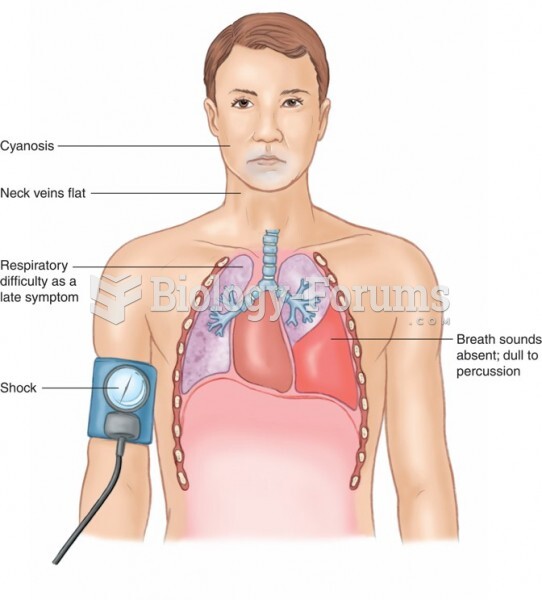Answer to Question 1
In contrast to child abuse, child neglect is more a problem of omission than of commission. Specific types of physical neglect include (a) child abandonment; (b) environmental neglect-letting a child live in filth, without proper clothing, unattended, unsupervised, or without proper nourishment; (c) educational neglect, in which a child is allowed to be excessively absent from school; and (d) medical neglect, in which no effort is made to secure needed medical care for the child. In rare cases, such as child abandonment, the parent rejects the parental role. In most child neglect cases, however, the parent inadequately performs the role.
Meeting a child's affectional needs is as important to normal growth and development as meeting his or her physical needs. Yet emotional neglect is difficult to define and document in the precise terms required by law. The National Clearinghouse on Child Neglect and Abuse defines emotional neglect as failure to provide the child the emotional nurturing or emotional support necessary for the development of a sound personality, as for example, subjecting the child to rejection or to a home climate charged with tension, hostility, and anxiety producing occurrences which result in perceivable problems in children. Emotional neglect is very difficult to document in court. When emotional neglect is accompanied by physical neglect, protective services agencies make a case based on the physical neglect.
Answer to Question 2
According to Alfred Kadushin and Judith Martin, child abuse includes: physical abuse; malnourishment; poor clothing; lack of proper shelter, sleeping arrangements, attendance, or supervision; denial of essential medical care; failure to attend school regularly; exploitation, overwork; exposure to unwholesome or demoralizing circumstances; sexual abuse; and emotional abuse and neglect involving denial of the normal experiences that permit a child to feel loved, wanted, secure, and worthy.
The consequences of child abuse and neglect can be devastating. Researchers and clinicians have documented physical, psychological, cognitive, and behavioral consequences of physical abuse, psychological abuse, sexual abuse, and neglect. Physical damage can range from death, brain damage, and permanent disabilities to minor bruises and scrapes. The psychological consequences can range from lowered sense of self-worth to severe psychiatric disorders, including dissociative states. Cognitive problems range from severe organic brain disorders to reduced attention and minor learning disorders. Maltreated children's behavioral problems can include severe violent and criminal behavior and suicide as well as inability to relate to peers.






